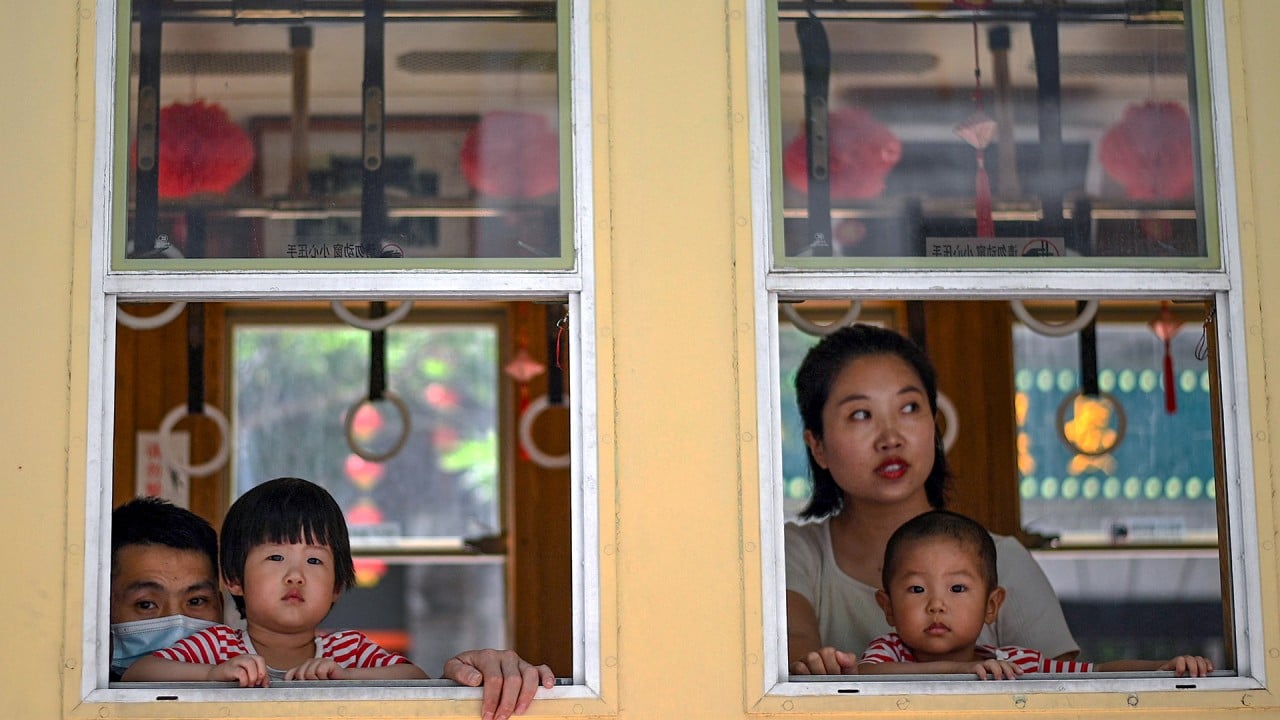
What to expect as China’s economy transitions towards common prosperity
- While it is too early to say that China has completely shifted its growth strategy, the policy of ‘cross-cyclical adjustment’ suggests the market must prepare for more short-term volatility
While the two may not look very related, both point to a single question: has China changed its development strategy of prioritising economic performance? A deeper question is perhaps: has the fundamental framework that favours “efficiency” over “equality” been abandoned?
However, it might be premature to make a bold call and say that the Chinese authorities will abandon this ideology, which has after all helped to boost the economy over the past decades.
A more practical way to understand China’s policy dynamics is, I believe, to narrow down the question. That is, given that achieving common prosperity will be a relatively long-term goal, what will happen in the next couple of years? More specifically, what will the policy approach be during this period of transition?
After the term began to crop up increasingly in important policy meetings, the market started to realise that “cross-cyclical” needed to be viewed in much broader terms.
How is China’s regulatory crackdown already hurting its economy?
Stringent new regulations on the private education sector and tech giants have also triggered panic and attracted criticism from investors. But there is growing recognition that Beijing will continue its regulatory tightening and antitrust activities to combat social dissatisfaction and prevent divisions widening.
In the meantime, Chinese officials have gradually changed their style of communication with the market. Notably, they now prefer a moving average approach when assessing economic performance.
On one hand, this will help to filter out the short-term noise in the economic data; on the other hand, it indicates that Beijing has become more patient and tolerant of economic volatility, with more room for the authorities to focus on longer-term issues.
“Regarding the increase in the PPI during the year, we must look at it objectively,” he said. “It is due to last year’s low base. In this case, we should take into account PPI changes from last year, this year and next year to have an overall perspective from three consecutive years.”
All told, China is engaging in change and giving more weight to tackling challenges in the medium to long term. While it is too early to say that Beijing has completely shifted its growth strategy, the cross-cyclical adjustment policy suggests that the market must prepare for more volatility in the near future.
During this transition period, while the authorities could provide some policy support to prevent an economic slump, China is unlikely to conduct aggressive policy easing as that would only exacerbate the debt issue.
Hao Zhou is senior emerging markets economist at Commerzbank



